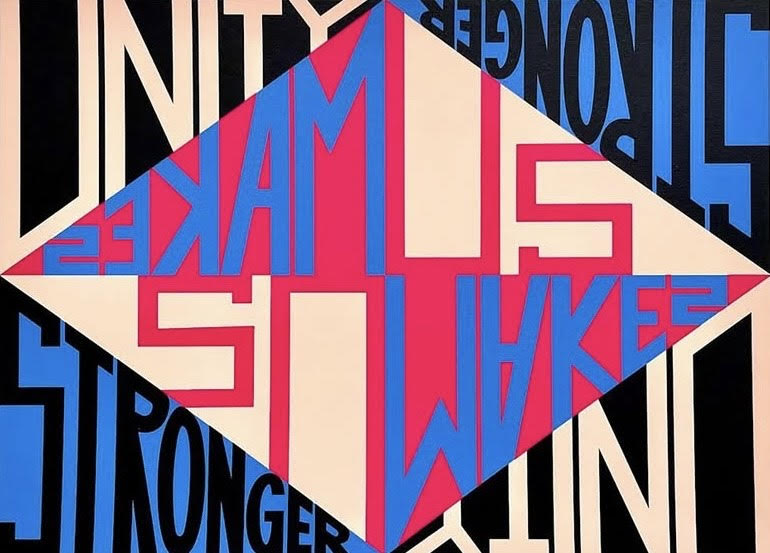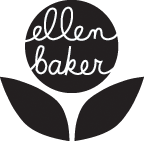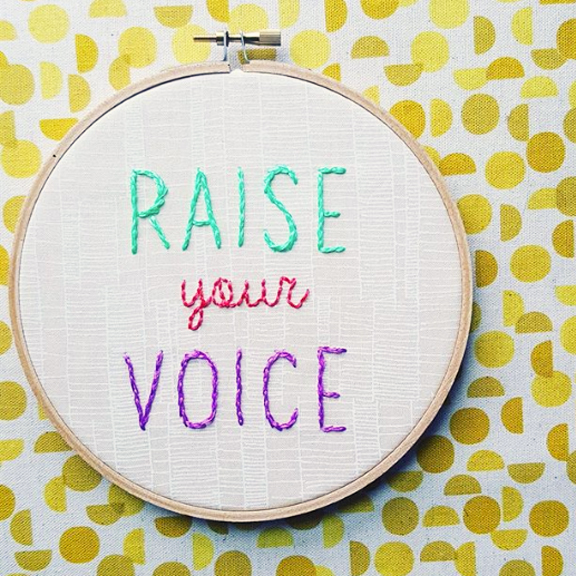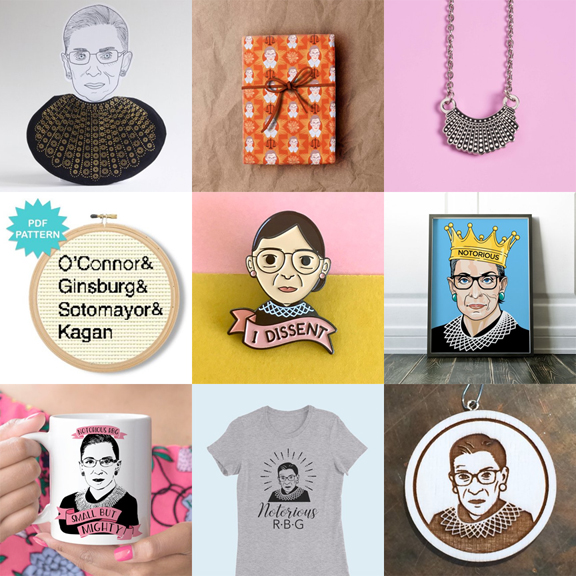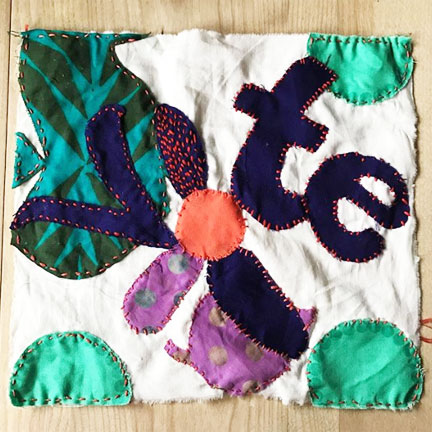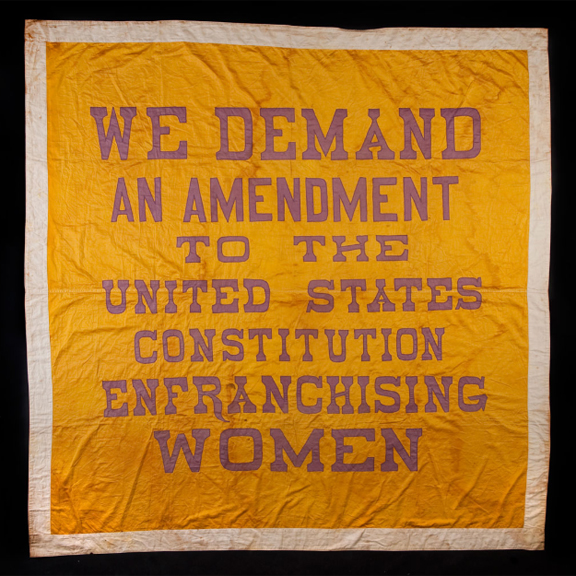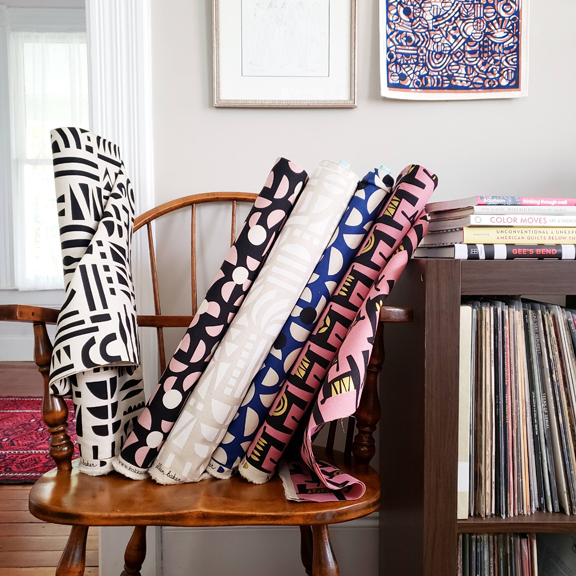
Well, goodbye 2018! I’m glad to see it go. That last week really tested my limits, but after a rough patch, I can now say that our house didn’t burn down and our dog didn’t die, so I’m working on my glass-half-full mentality. I’m also clearing out to make more room for making, which means I’m having a fabric sale! Use code NEWYEAR for 40% off in my shop.
Like many of you, I binged the new Marie Kondo series, fully expecting to despise her. I actually read her book when it was first released and it helped me tremendously, particularly because the sentimental and handmade items had created a mental block. It’s a glass-half-full approach. You keep what you love, rather than discard what you hate. Marie Kondo seems like a lovely, non-judgmental person and seeing her ideas adapted for real life reminds us that we can treasure our possessions in more meaningful ways by reducing the clutter.
But as I watched people dumping out their closets and opening cabinets, I realize how this problem of over-consumption comes from a place of privilege. How did we get here? My daughter wrote an insightful paper last year about how the Industrial Revolution is the worst thing that’s happened to our planet and its people. I think she’s right. Even as the maker movement fills our Instagram feed with beautiful handmade shawls draped around hipsters standing in open wheat fields, sometimes the source products tend to get lost. We have to research all of the materials we buy to make things. Who really made it? The latest episode of The Good Place cleverly showed that it’s nearly impossible to be a good consumer. And again, having the time and money to invest in planet and people positive products connotes a certain privilege. As I stood in line at the grocery store the other day, I noticed a magazine cover featuring a prominent interior designer with the caption “The Thrill of Hope: Choosing to Live in Hopeful Expectation.” Of course, my response was Fuck that. It’s hard for me to understand the practicality of this idea when the young woman in front of me is buying groceries with her WIC card. The idea of turning off the news or tuning out the world’s problems just isn’t possible for everyone. Perhaps those of us who can tune it out should stop and pay attention.
I’m also approaching the new year by changing my social media input. I realized that following so many people in the fabric and sewing industry makes me feel despondent about my ongoing lack of motivation and reminds me of the frustrations I feel about the industry. I’m more interested in art and politics these days, so I’ve reorganized my social media to inspire and educate. I’ve also made a conscious effort to follow more makers of color and artists from around the globe, yet with the awareness that Instagram is an alternate version of reality. After following the controversy over this post, (with a thoughtful perspective here) I’m reminded that we can all do better. Here’s to that. Happy New Year!
